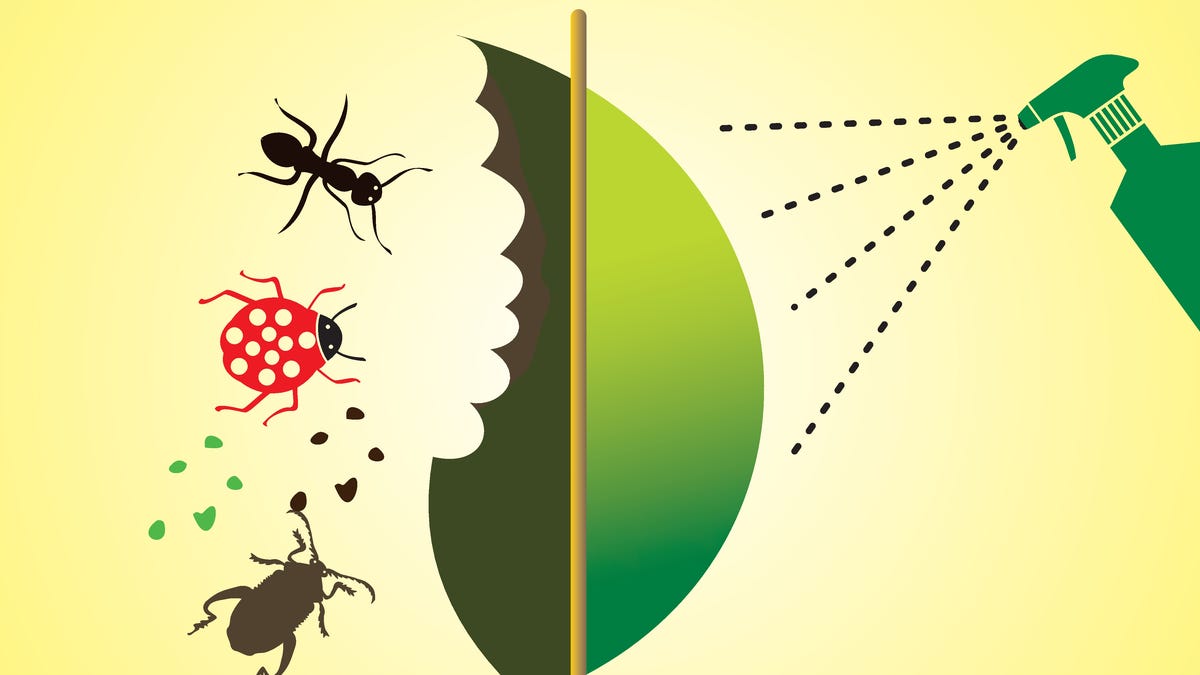From fresh salsa or rich pasta sauce to a classic garnish for burgers and sandwiches, tomatoes are a beloved and versatile plant. For many zones, tomatoes thrive for only a few months, but a gardening expert from Armstrong Garden Centers (@armstronggarden) shared a clever hack to extend the life of your tomato plants.
The scoop
In an Instagram reel, the gardening pro describes how to take advantage of companion planting to stretch the tomato season as he crafts an attractive and functional selection of flowers and herbs to support the tomato plant in a large container garden.
Companion planting is “the practice of growing several types of crops near one another to enhance crop production,” according to the WVU Extension.
This method encourages planting crops that support one another closer together to maximize benefits such as pest control, soil replenishment, and improved crop production. As Armstrong Garden Centers explained, there are “three types of companion plants that will benefit your tomato,” including flowers, herbs, and non-competitive vegetables.
Flowers “attract beneficial pollinators and predators to your garden” and “basil … deters insects by masking the smell of the tomato,” the garden expert said.
In addition to choosing companion plants, selecting varieties of tomatoes like Oregon Spring, which is more tolerant of cooler nights, allows you to enjoy fresh-picked tomatoes into the fall.
How it’s helping
Companion planting is a time-honored practice relied on for centuries. Ancient farmers across North America maximized their crops by growing squash, beans, and corn together, a combination known as the Three Sisters, providing a stable food source for early civilizations.
According to the USDA, the crops nourish and protect one another by offering mutual benefits to and from each plant. The stalks of the corn serve as a trellis for the climbing bean vines that enrich the soil, while the wide squash leaves shade the ground and minimize the spread of weeds. Gardeners utilize this strategy for a broad variety of plants, including tomatoes.
One of the best-known companions for tomatoes is basil, a fragrant plant that deters pests while the tomatoes shade the tender basil leaves. Flowers like alyssum and nasturtiums bring a pop of color to your garden while drawing away pests like aphids. Non-competitive vegetables such as lettuces maximize the productive space of your garden without taking up valuable resources from other plants.
Other beneficial plants to grow around your tomatoes include petunias, marigolds, cilantro, parsley, sage, and asparagus. Choosing a diverse range of companion plants creates a garden that is “productive and beautiful” all season long.
What everyone’s saying
While companion planting works in a variety of gardening styles such as a traditional garden or raised bed, commenters were delighted by Armstrong Garden Centers’ attractive assortment of plants in a container.
“Wonderful arrangement,” one Instagrammer said, “I like tomato[es], herbs, and colorful flowers.”
Other commenters shared their success with companion planting. “I plant basil and parsley with my roses and have no pests,” one replied.
For more ways to learn about companion plants for tomatoes and other vegetables, follow experts on social media and at garden centers in your community, or reach out to your local extension office.
Join our free newsletter for easy tips to save more, waste less, and help yourself while helping the planet.









